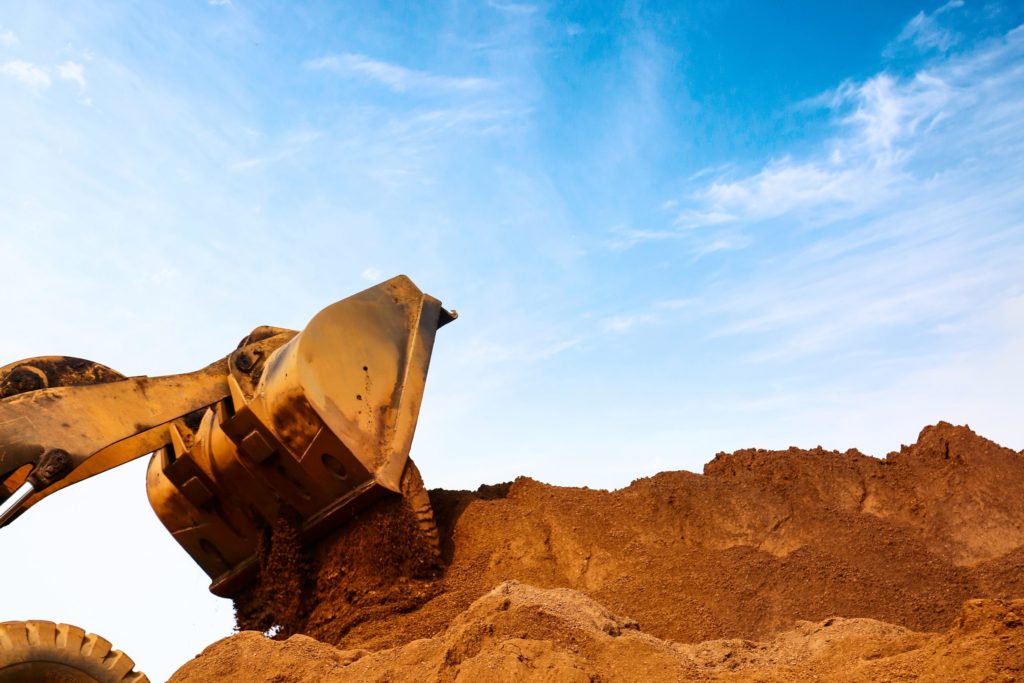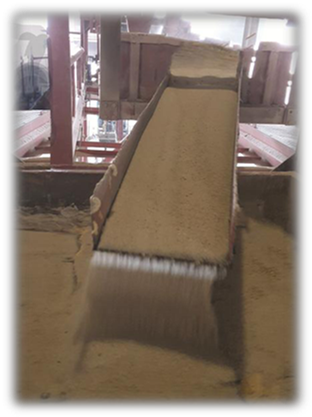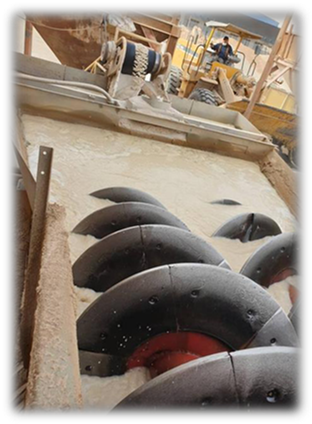ABOUT AARSCO QUARRY
Aarsco Quarry
2018
Aarsco Quarry Was Founded in 2018 For Mining Industrial Minerals Such As Natural Ground Granules Silica Sand all size
2019
Manufacturing And Treating Industrial Minerals By Miling Screening And Classifying Particles Size As Per Industrial Raw Material Market Demeand
2020
Focusing On Water Treatment Filtration Media Products to Produce Local Products At High Quality As Per AST E11 TEST SIEVE & ANSI / AWWA B100/09 Standards To Cover Local Market Demand And Export Internationally The First Company in The Middle East To Receive NSF Certification For Conforming To The Specifications Of Water Purification Products For Drinking Water Treatment

ASTM E11 TEST SIEVE & ANSI / AWWA B100/09 STANDARDS
Compliance to International Standards
Sand filtration is used for the removal of suspended matter,as well as floating and sinkable particles. The wastewater flows vertically through a fine bed of sand and/or gravel. Particles are removed by way of absorption or physical encapsulation. If there is excessive pressure loss on the filter,it must be rinsed.
A distinction can be made between continuous and discontinuous filters. In continuous filters (often upward-flowing filters). the
polluted sand is removed, rinsed and re-used continuously,
without interrupting the filtration process. Discontinuous filters
(often downward-flowing filters) are stopped, and a rinse takes
place in the opposite direction. Air bubbles are blown into the
sand bed to make it swirl around. Filtered water then flows
through the filter bed in the opposite direction.
The polluted matter is released and flows away along with the
rinse water. The filtration process can then resume.


Aarsco Quarry
Water Filtration
The yield of a sand filter is determined by two sand filters function. namely surface filtration and depth filtration. Surface filtration involves collecting the particles above the filter bed. These particles jointly form a macro-porous lump, which is able to collect new particles in a very effective manner. Depth filtration generally involves smaller particles that are more difficult to collect, and which are bound to the sand particles by adsorption. Dirt from surface filtration is easier to remove during reverse rinsing compared to dirt from depth filtration.
